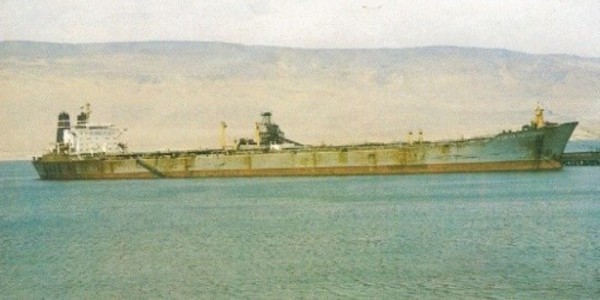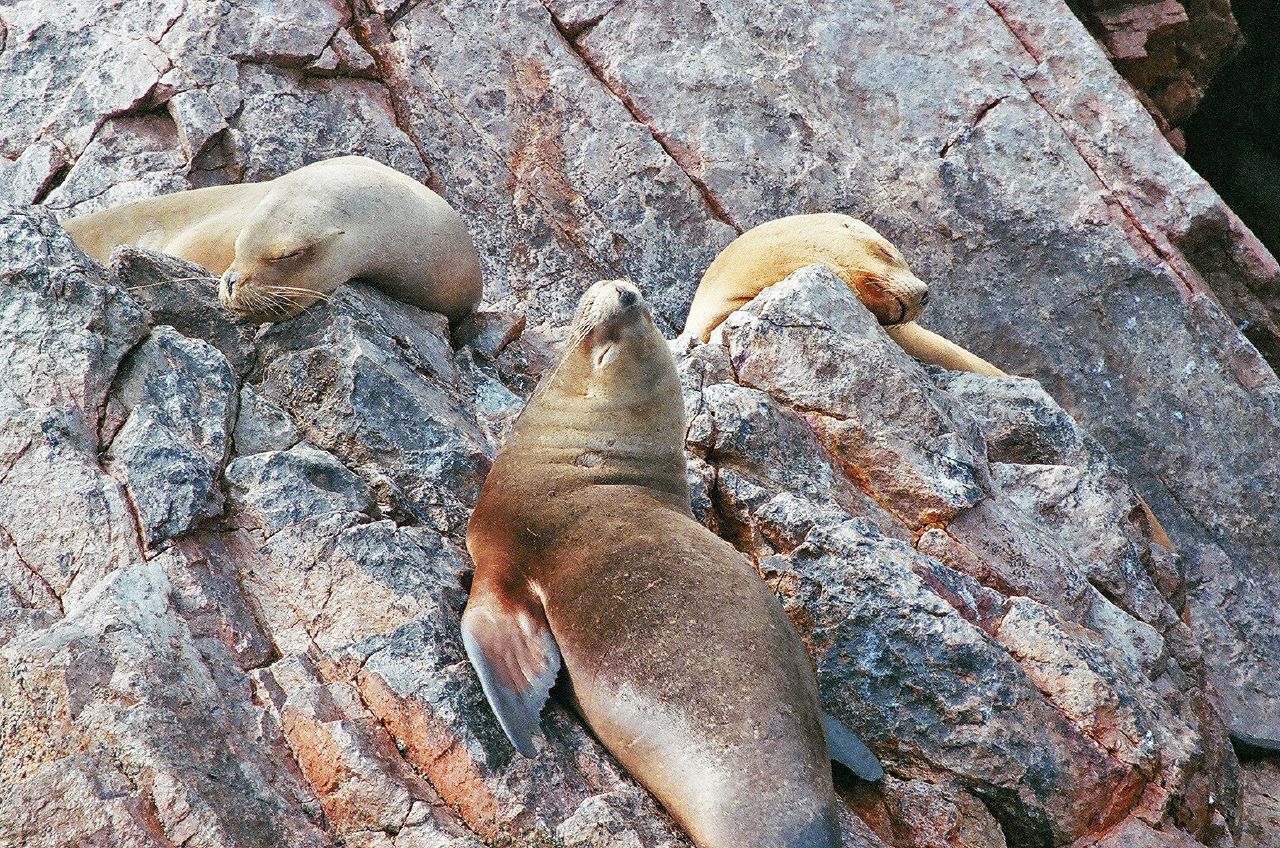Ica Region on:
[Wikipedia]
[Google]
[Amazon]
Ica (; ) is a department and region of
 The region is divided into five provinces (, singular: ), which are composed of 43 districts (''distritos'', singular: ''distrito'').
The region is divided into five provinces (, singular: ), which are composed of 43 districts (''distritos'', singular: ''distrito'').



fro
Lonely Planet Travel Guides and Information.
Retrieved August 2009. The climate is generally sunny and dry due to its elevation above coastal fog and mist. As of 2020, the Peruvian desert, around the Huacachina Oasis, has gotten significantly popular among tourists for sandboarding and sand buggy tours. There is also a Regional Museum, which exhibits prehistoric artefacts as well as paintings and furniture that date back to the Spanish Colonial era. Moreover, in the museum, mummies with typical Paracas culture skulls can be found.
Peru
Peru, officially the Republic of Peru, is a country in western South America. It is bordered in the north by Ecuador and Colombia, in the east by Brazil, in the southeast by Bolivia, in the south by Chile, and in the south and west by the Pac ...
. It borders the Pacific Ocean
The Pacific Ocean is the largest and deepest of Earth's five Borders of the oceans, oceanic divisions. It extends from the Arctic Ocean in the north to the Southern Ocean, or, depending on the definition, to Antarctica in the south, and is ...
on the west; the Lima Region
The Department of Lima (), known as the Department of the Capital () until 1823, is a department and region located in the central coast of Peru; the seat of the regional government is Huacho.
Lima Province, which contains the city of Lima, ...
on the north; the Huancavelica and Ayacucho regions on the east; and the Arequipa Region
Arequipa () is a department and region in southwestern Peru. It is the sixth largest department in Peru, after Puno, Cuzco, Madre de Dios, Ucayali, and Loreto, its sixth most populous department, and its eleventh least densely populated dep ...
on the south. Its capital is the city of Ica.
Geography
The Department of Ica has a remarkable geography. It is the only region of the southern coast formed by plains, also called coast plains, since theAndean
The Andes ( ), Andes Mountains or Andean Mountain Range (; ) are the longest continental mountain range in the world, forming a continuous highland along the western edge of South America. The range is long and wide (widest between 18°S ...
Cordillera
A cordillera is a chain or network of mountain ranges, such as those in the west coast of the Americas. The term is borrowed from Spanish, where the word comes from , a diminutive of ('rope').
The term is most commonly used in physical geogra ...
rise up inland. Some geological
Geology (). is a branch of natural science concerned with the Earth and other astronomical objects, the rocks of which they are composed, and the processes by which they change over time. Modern geology significantly overlaps all other Earth s ...
folds have determined the formation of dunes moving toward the sea, which form much of the Paracas Peninsula. Some isolated formations located at the southern part created the Marcona complex, with the biggest deposits of iron
Iron is a chemical element; it has symbol Fe () and atomic number 26. It is a metal that belongs to the first transition series and group 8 of the periodic table. It is, by mass, the most common element on Earth, forming much of Earth's o ...
in the Pacific
The Pacific Ocean is the largest and deepest of Earth's five oceanic divisions. It extends from the Arctic Ocean in the north to the Southern Ocean, or, depending on the definition, to Antarctica in the south, and is bounded by the cont ...
coast.
Ica's configuration is due to the geomorphology
Geomorphology () is the scientific study of the origin and evolution of topographic and bathymetric features generated by physical, chemical or biological processes operating at or near Earth's surface. Geomorphologists seek to understand wh ...
of its two big and unique fluvial watersheds: the Pasco and Ica rivers. Also, it has a waterway called the Rio Grande
The Rio Grande ( or ) in the United States or the Río Bravo (del Norte) in Mexico (), also known as Tó Ba'áadi in Navajo language, Navajo, is one of the principal rivers (along with the Colorado River) in the Southwestern United States a ...
, although its waters do not reach the ocean. Some waters are diverted for irrigation and agriculture in the provinces of Palpa, Nazca and Ingenio; the Rio Grande's final riverbed is dry since sand and dried lands absorb its limited resources. There are extensive desert
A desert is a landscape where little precipitation occurs and, consequently, living conditions create unique biomes and ecosystems. The lack of vegetation exposes the unprotected surface of the ground to denudation. About one-third of the la ...
s in Ica, such as the '' Lancha Pampas''. ''Pozo Santo'' and ''Villacuri'' pampas are extremely hot areas. Strong and persistent winds called ''paracas'' are present and stir up large sandstorms.
History
Ica has a rich history. The first settlers are from 10,000 years ago, from which the Wari, Chincha, Nazca, Ica and Paracas cultures developed, the latter being the most important. The Paracas culture developed from the seventh through the 2nd century BC. It is distinguished by its matchlesstextile
Textile is an Hyponymy and hypernymy, umbrella term that includes various Fiber, fiber-based materials, including fibers, yarns, Staple (textiles)#Filament fiber, filaments, Thread (yarn), threads, and different types of #Fabric, fabric. ...
skills, trephinations, and the art of mummifying their dead.
The Nazca culture, on the contrary, well known for its artistic pottery
Pottery is the process and the products of forming vessels and other objects with clay and other raw materials, which are fired at high temperatures to give them a hard and durable form. The place where such wares are made by a ''potter'' is al ...
, in which colorful designs and representations excel over the form, the same as their lines and figures that have undergone implausible interpretations. This culture expanded from the 2nd century BC through the 7th century AD. They have left us their wonderful aqueducts that made good use of underground water, of rivers and rain, showing a great knowledge of hydraulic engineering.
In the 15th century, during the Inca Empire
The Inca Empire, officially known as the Realm of the Four Parts (, ), was the largest empire in pre-Columbian America. The administrative, political, and military center of the empire was in the city of Cusco. The History of the Incas, Inca ...
, Pachacuti incorporated the territories of Ica, Nazca and the Chincha valley.
Years later, in 1563, with the arrival of the Spanish, Jerónimo Luis de Cabrera founded the Villa de Valverde del Valle de Ica. Since then, the area became an important vineyard
A vineyard ( , ) is a plantation of grape-bearing vines. Many vineyards exist for winemaking; others for the production of raisins, table grapes, and non-alcoholic grape juice. The science, practice and study of vineyard production is kno ...
and cotton center.
During the independence war, General José de San Martín
José Francisco de San Martín y Matorras (; 25 February 177817 August 1850), nicknamed "the Liberator of Argentina, Chile and Peru", was an Argentine general and the primary leader of the southern and central parts of South America's succe ...
landed in Paracas and fixed his headquarters in Pisco, to start the fight for the independence of Peru.
Political division
 The region is divided into five provinces (, singular: ), which are composed of 43 districts (''distritos'', singular: ''distrito'').
The region is divided into five provinces (, singular: ), which are composed of 43 districts (''distritos'', singular: ''distrito'').
Provinces
The provinces, with their capitals in parentheses, are: * Chincha ( Chincha Alta) * Ica ( Ica) * Nazca ( Nazca) * Palpa ( Palpa) * Pisco ( Pisco)Points of interest



City of Ica
Capital of the Ica Department. A very modern clean city that has Peruvian street markets, many old churches and landmarks, modern malls, hotels, coffee shops, theatres, and hotels as well.Huacachina
Located on the west side of the city of Ica, capital of the Ica Department. One of the most popular places to visit in Ica is La Huacachina. The desert oasis is located from Ica. It is a small lake with medicinal water, lying in the middle of a spectacular sand desert.Pisco
Pisco is the most important port in Ica and a litoral province. The most important attractions within this province are likely Paracas, Paracas Bay and the Paracas National Reserve. Pisco was home of an ancient pre-Hispanic culture, Paracas, who are known for their exquisite textiles.Paracas
Paracas (a municipality within the Paracas District) is a small town catering to tourism. It serves as the jumping point for tours to Islas Ballestas and to Paracas National Reservation. Paracas Bay, protected by Paracas Peninsula, gives these shallow, warmer waters break from ocean waves permitting life to flourish, particularly near its south western edge encompassed within Paracas National Reserve. The Paracas Museum, also found just near the south western edge of Paracas Bay, provides excellent information about Paracas culture and the many unique species, in particular, the birds of Paracas.Nazca
The Ica-Nazca culture flourished along the southern coast of Peru from around 200 BC to 600 AD. This area is extremely dry. The Nazca developed extensive irrigation systems, including underground canals, that allowed them to farm the land. The Nazca are known for their textiles and pottery which feature images of animals and mythological beings. They are even better known, however, for a unique set of creations known as the Nazca Lines, which are geoglyphs and geometric line clearings in the Atacama desert, in the district of Nazca. On a large, rock-strewn plain, the Nazca made huge drawings by scraping away stones to reveal the lighter soil underneath. The drawings depict various plants and animals, including humans, a monkey, birds, and other creatures, as well as lines and geometric shapes. These drawings are so huge, however, that they can be seen only from the sky. Scientists believe that the Nazca made these drawings for their gods. The area of the Nazca lines is called the Pampa Colorada (red plain).Cachiche
A small village near Ica, Cachiche is well known for its history of witches. Doña Julia, Cachiche's first witch, was known to practice "good magic," curing and helping villagers with her spells. Near the entrance to the town, a carving from a single huarango tree depicts this first "bruja de Cachiche" (witch of Cachiche).Tourism
Ica has significantwine
Wine is an alcoholic drink made from Fermentation in winemaking, fermented fruit. Yeast in winemaking, Yeast consumes the sugar in the fruit and converts it to ethanol and carbon dioxide, releasing heat in the process. Wine is most often made f ...
and pisco industries, annual fiestas, a museum and historic colonial churches.Ica Regionfro
Lonely Planet Travel Guides and Information.
Retrieved August 2009. The climate is generally sunny and dry due to its elevation above coastal fog and mist. As of 2020, the Peruvian desert, around the Huacachina Oasis, has gotten significantly popular among tourists for sandboarding and sand buggy tours. There is also a Regional Museum, which exhibits prehistoric artefacts as well as paintings and furniture that date back to the Spanish Colonial era. Moreover, in the museum, mummies with typical Paracas culture skulls can be found.
See also
* 2007 Peru earthquake * Lost City of Huayuri, Pre-Columbian archaeological site * Pernil Alto, Pre-Columbian archaeological siteReferences
External links
* {{Authority control Ica Ica